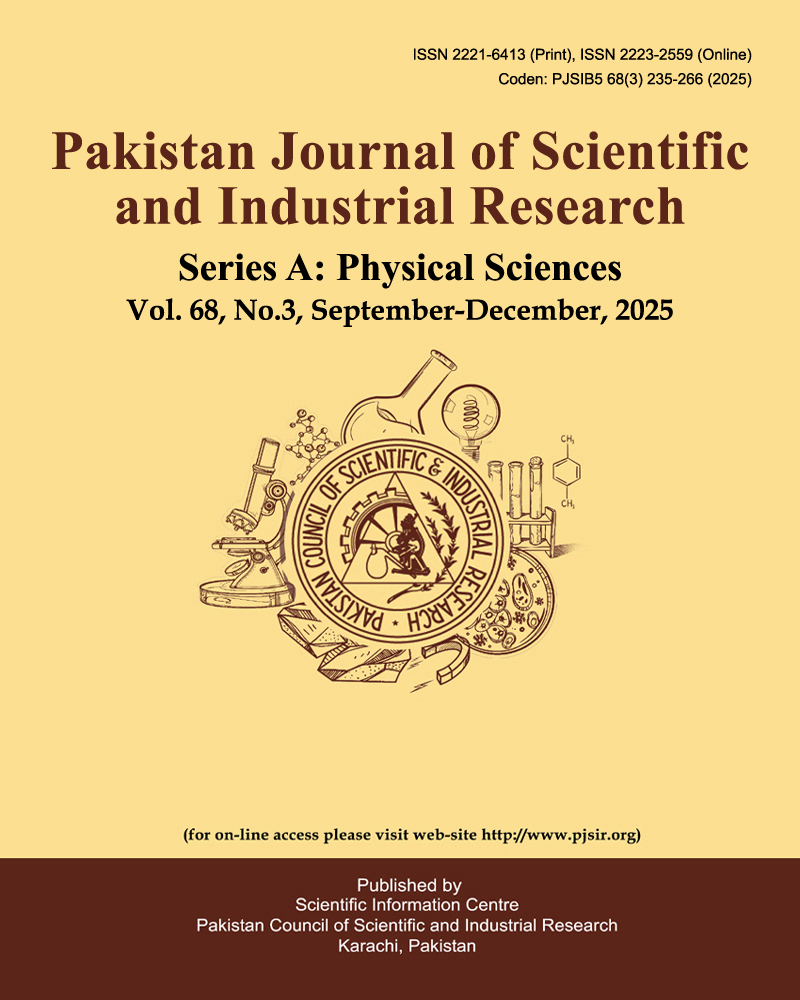Impact of High Calorific Value Biomass Substrate for High Yield of Biomethane
Biomethane Production of Biomass Substrate
Abstract
The global push towards sustainable energy solutions has intensified the exploration of biomass substrates for bio methane production. This study evaluates the biomethane potential of various organic wastes, including neem deoiled cake (NDC), mango kernel (MK), waste maize flour (WMF) and cow dung (CD), with a specific focus on their physico-chemical properties and calorific values. Among the tested substrates, NDC exhibited the highest calorific value at 5219 Kcal/Kg, followed by MK at 4932 Kcal/Kg, WMF at 4187 Kcal/Kg and CD at 1820 Kcal/Kg. NDC also demonstrated substantial total solids (TS: 92.5%) and volatile solids (VS: 84.7%), indicating its strong potential for enhanced biomethane yield. Key parameters such as pH, moisture content, ash content, total nitrogen and carbon-to-nitrogen (C:N) ratio were systematically characterized: NDC had a pH of 6.7, moisture content of 7.5%, ash content of 6.8%, total nitrogen of 4.2% and a C:N ratio of 23:1. MK showed a pH of 6.3, moisture content of 8.2%, ash content of 5.1%, total nitrogen of 2.9% and a C:N ratio of 30:1. WMF presented a pH of 6.5, moisture content of 10.4%, ash content of 4.7%, total nitrogen of 1.8% and a C:N ratio of 36:1. CD had a pH of 7.1, moisture content of 78.4%, ash content of 15.2%, total nitrogen of 1.4% and a C:N ratio of 19:1. Additionally, essential trace metals critical for microbial metabolism, such as iron (Fe), zinc (Zn) and copper (Cu), were detected in adequate concentrations, supporting efficient methane generation. The findings emphasize the significance of selecting high-energy, nutrient-rich biomass to optimize bio methane production, highlighting NDC and MK as particularly promising substrates for scalable renewable energy systems.


